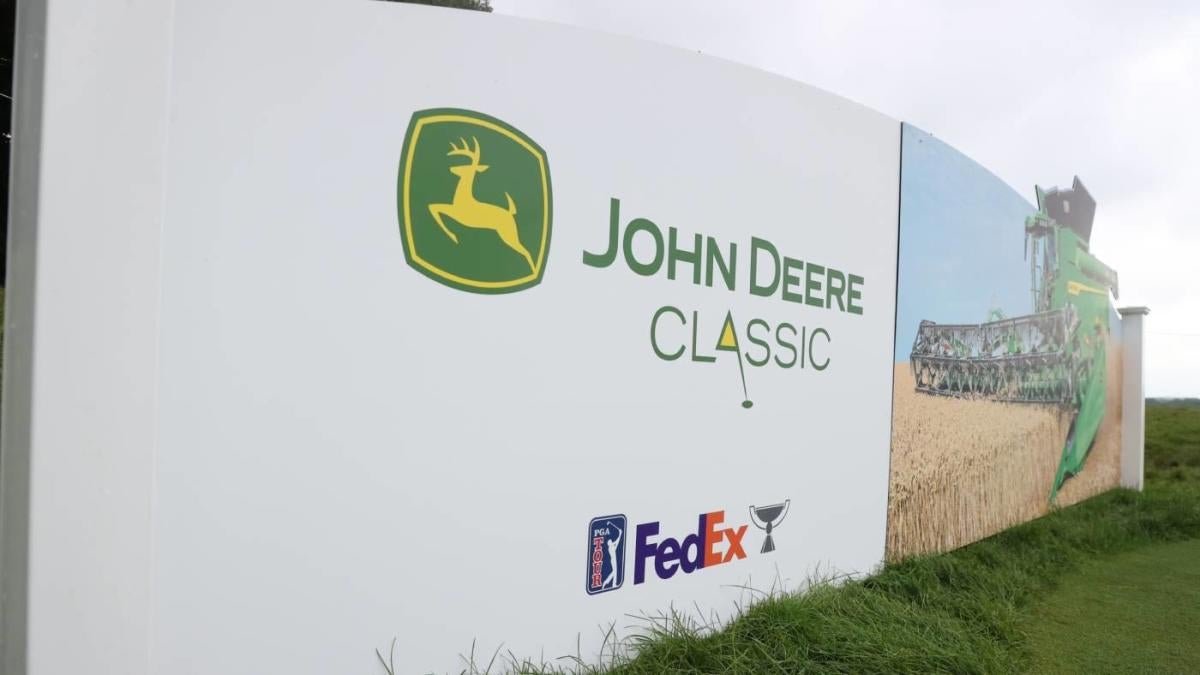Large borrowers grab greater share of bank loans on economic pickup
Written by Lucky Wilson | KGTO Writer on July 2, 2022
RBI defines a large borrower as one that has aggregate fund-based and non-fund-based exposure of ₹5 crore and above from banks. The share of these 100 top borrowers, a subset of the all large borrowers in the system, in overall bank credit stood at 17.1% as on 31 March, up 50 basis points (bps) from 30 September, showed data published in the Financial Stability Report on Thursday.
Analysts did not seem too worried about the increase in share of top 100 borrowers from a risk perspective and said corporate credit growth has largely been muted in the last couple of years, picking up only later on in FY22. In fact, as on 31 March 2020, top 100 borrowers accounted for 17.5% of gross advances, higher than the current levels.
“Our assessment is that capex by large corporates has been muted in the recent past resulting lower credit growth in that segment, though we have started to see some pick-up from the second half of FY22. Within the corporate segment, the larger corporates have seen relatively higher credit growth as reflected in the share of the top 100 corporates increasing marginally,” said Krishnan Sitaraman, senior director and deputy chief ratings officer, Crisil Ratings Ltd.
At the same time, slight increase in the proportion of top 100 borrowers is not leading to any material increase in credit risk for banks as overall credit profiles of corporates have been showing an improving trend in the last few years with reducing leverage, he said.
Data showed that the top 100 borrowers accounted for 6.9% of total bad loans of banks as on 31 March.
“If I look at the non-performing asset (NPA) numbers for the top 100 corporates, the slight increase in it in the second half of FY22 can be attributed to a couple of stressed loans slipping into NPAs which was not unexpected. On an overall basis, NPAs for the banking system as a whole as well as that for the corporate segment should decline in FY23,” said Sitaraman.
That said, the share of all large borrowers in bank loans has been declining in recent years, a trend that RBI said indicates reduction in credit concentration, and diversification of borrowers. Their share in total bad loans of banks moderated marginally to 62.3% during the second half of 2021-22 and remained well below 75.6%, its level in September 2020.
“Their special mention account (SMA)-2 loans and NPAs also declined during Q3 and Q4 of 2021-22, though the persistent rise in their SMA-0 and SMA-1 loans carries the potential to cause stress going forward,” RBI said, referring to all large borrowers.
Banks classify borrowers into special mention accounts based on their delay in repayment. Special mention account-0 (SMA- 0) loans are where the repayment overdue is between one and 30 days, SMA-1 between 31 and 60 days and SMA-2 from 61 to 90 days. The asset turns non-performing (NPA) after 90 days of being overdue.
Experts believe that once the National Asset Reconstruction Company Ltd (NARCL) takes over about ₹80,000 crore of legacy large corporate NPAs, bad loan ratios for banks will shrink. Meanwhile, as bad bank operations proceed at a slow pace, lenders have already resolved about 20% of the assets originally planned for transfer in two tranches, Mint reported on 13 May. Almost ₹40,000 crore of bad loans have been resolved since the announcement was first made.
Source link





